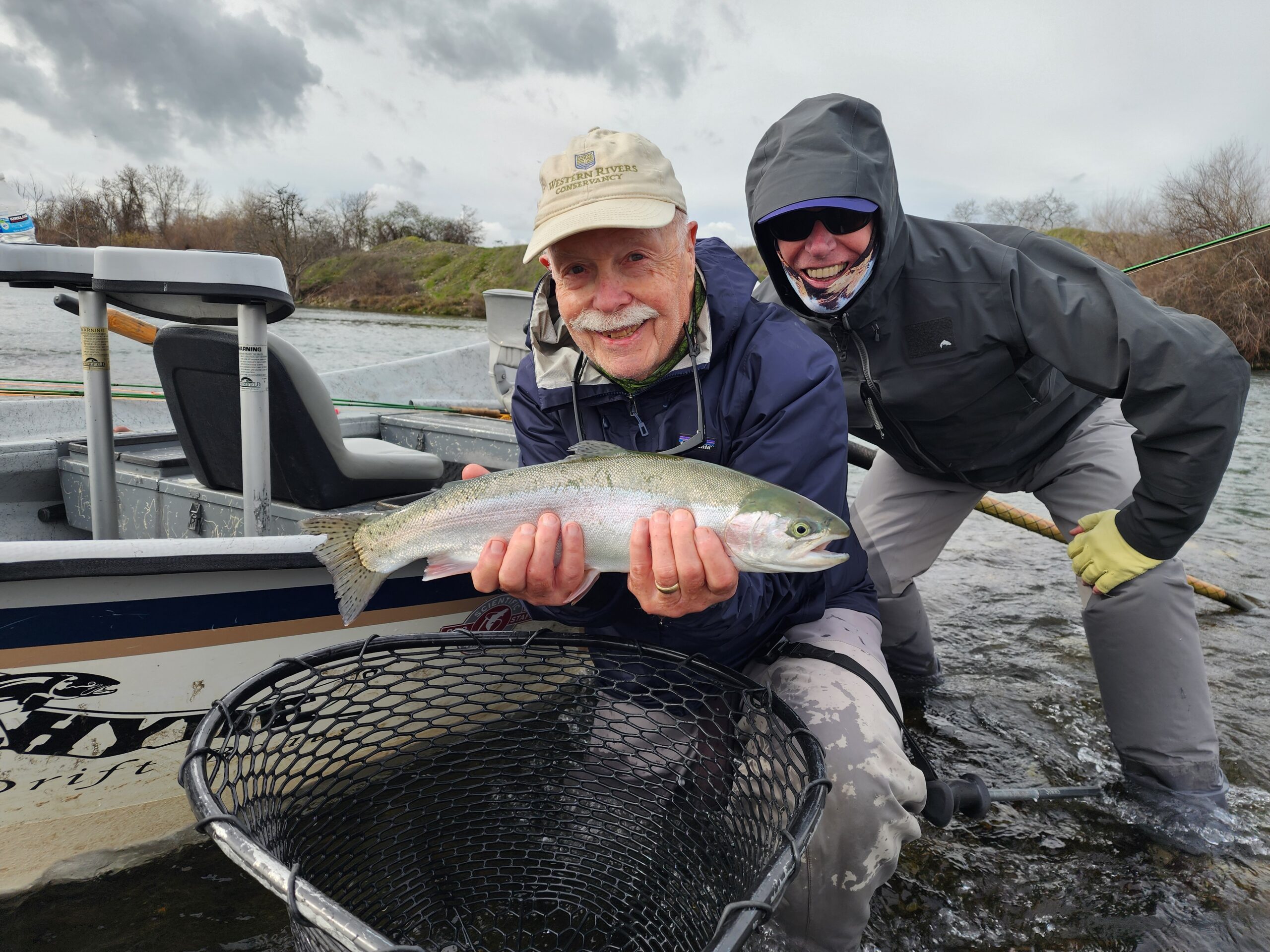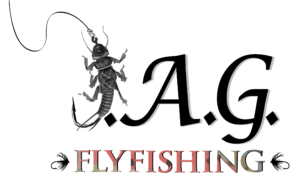Lake Almanor Fly Fishing
Lake Almanor is the aquifer created by Canyon Dam, located near Chester, CA. As one of the first hydroelectric dams in California, construction on Canyon Dam began in 1912 and saw its completion in 1914. Lake Almanor takes its name from Alice, Martha, and Elinore the three daughters of the dam project coordinator Guy C. Earls. This aquifer is fed by creeks like Bailey Creek, Hamilton Branch, Benner Creek, Last Chance Creek, and Upper North Fork Feather River, as well as springs throughout the lake.
At JAG Fly Fishing, we specialize in guided trips on Lake Almanor tailored to your skill level and fishing goals. Our experienced guides will help you dial in presentations, choose the right flies, and explore productive areas of the lake so you can maximize your chances of landing the trout of a lifetime.
Plan your next fly fishing adventure at Lake Almanor and experience why it’s one of Northern California’s most renowned fly fishing destinations.
Fly Fishing Lake Almanor
The cold springs that feed Lake Almanor help keep its waters cool during the hot summer months, making it one of Northern California’s most reliable year-round fisheries. Lake Almanor supports a wide variety of species including rainbow trout, brown trout, Chinook salmon, smallmouth bass, carp, bullhead, and channel catfish.
At JAG Fly Fishing, we primarily focus on the lake’s renowned rainbow trout, brown trout, and smallmouth bass. Thanks to the fish-rearing program spearheaded by the Almanor Fishing Association, coupled with cooler water temperatures and an abundant population of aquatic insects, these fish thrive and grow quickly.
The average trout caught in Lake Almanor ranges between 18–22 inches, but it’s common to see fish in the 24–30 inch class. This consistency makes fly fishing Lake Almanor a top choice for anglers chasing trophy trout and hard-fighting smallmouth bass in Northern California.
We also offer guided trips to Eagle Lake in early winter and late spring, giving anglers even more opportunities to experience exceptional trout fishing in the region.
Lake Almanor Smallmouth Bass Fishing – The “Smallie Bite”
From late March through mid-May, as Lake Almanor’s waters begin to warm, the smallmouth bass bite comes alive. During this time, the “smallies” start staging on rocky points, preparing for the spawn. Males aggressively guard females and protect their redds with ferocious tenacity, attacking nearly anything that ventures too close.
This creates some of the most exciting Lake Almanor smallmouth bass fishing of the year. We target the far side of rocky points where bass move in to spawn, using proven fly patterns such as balanced leeches, pond smelt, PMDs, BWOs, caddis, and midges. Our approach often involves long leaders paired with indicators—similar to a float-and-fly setup—to present flies naturally in the strike zone.
As water temperatures continue to rise, attention shifts from bass to Lake Almanor’s trophy trout. Rainbows and browns move closer to shore and into coves, keying in on one of their favorite seasonal meals—the Hexagenia limbata mayfly hatch, also known simply as the Hex hatch. This transition offers anglers a unique chance to pursue both smallmouth bass and trout in one of Northern California’s most productive fly fishing lakes.
The Famous Lake Almanor Hex Hatch
From early June through mid-July, Lake Almanor comes alive with the legendary Hex hatch—one of the most anticipated fly fishing events in Northern California. Beginning on the southwest end of the lake and progressing around to the northwest shore, this hatch draws anglers from all over the region in search of trophy trout and bass.
The Hexagenia limbata mayfly is the second largest mayfly species in the United States. Bright yellow to golden in color and just over an inch long, these insects emerge in staggering numbers. As they hatch, large rainbow trout, brown trout, Chinook salmon, and smallmouth bass move into the shallows to gorge themselves on this abundant food source.
The best time to fish the Hex hatch is from 5:00 pm until dark, when trout and bass feed aggressively on emerging nymphs and adults. Sunset to full dark often produces the most explosive dry fly action of the year, with opportunities to cast to rising fish that regularly exceed 10 pounds.
During the hatch, we fish Hex nymphs, Hex dries, blood midges, caddis, and pond smelt patterns to match what’s on the water. As the season transitions from mid-July into September, most trout retreat to deeper, cooler water or hold near the lake’s many springs. At this stage, our focus shifts to midges, balanced leeches, and pond smelt, while anticipating the cooler fall weather that sparks the annual pond smelt migration.
The Lake Almanor Hex hatch is a bucket-list experience for fly anglers—an unforgettable chance to target large trout and bass feeding aggressively in shallow water during one of the most unique hatches in the country.

Rates:
Lakes – Boat only
Full Day: $600 (1-2 Anglers) / Half Day: $500 (1-2 Anglers)
Full Day and Half Day COMBINED: $750 (Hex Hatch only 1-2 Anglers)
We use a wide variety of tactics on the lakes, depending on the time of year and how the fish are behaving. We use 9’ to 9’6” moderate to moderate fast action, #6 weight rods. We use type 3/4 sinking lines, type 2 sink or intermediate sinking, and midge tip lines. We use floating lines with dry flies and long leaders with indicators. I typically have one of each rigged up and ready to go. We fish from either the boat or pontoon/float tubes (depending on the time of year).
Floating Pond Smelt/Midge Hatch: During fall (October through November) the fish look for pond smelt, which are congregating in the coves to spawn, so they can fatten up for winter. They work these smelt into bait balls, cutting and slashing through the ball, eating as many pond smelt as they can. There is one last midge hatch during the fall as well. The trout generally follow the food source in Lake Almanor and typically go to where the food is and the water temperatures are cooler.
Ready for the trip of a lifetime?
Click below to contact with us and get booked!

